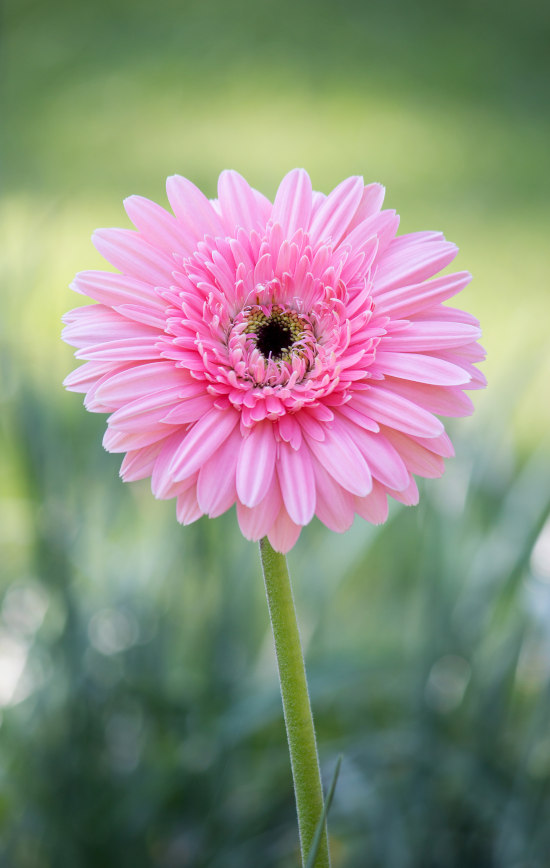How to grow Gerbera
Originating from grasslands in South Africa, Madagascar, Asia, and Indonesia, gerbera is a hairy-leaved perennial valued for its large, long-lasting, daisy-like flowers which can be either single or double. There are around 40 species in the genus, though it is the many introduced hybrids which offer the most spectacular and colourful display.
The bold, chunky flowers of gerbera are often used by gardeners for an instant hit of summer colour. They are also favoured by florists due to their strong, straight stems and vase life of over a week.
Gerbera is also known as African daisy, or Transvaal daisy.
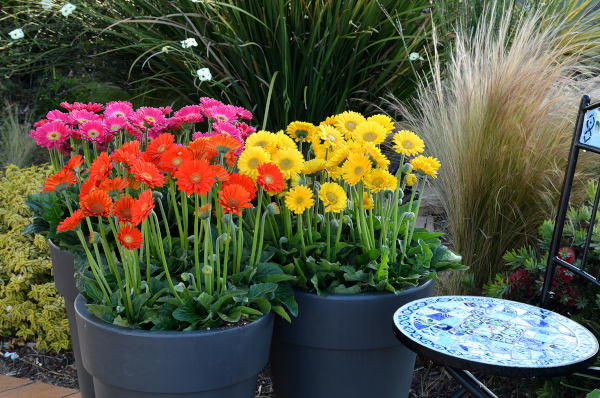
Zantedeschia is a genus of flowering plants from the family Araceae and is native to southern Africa. With a rich history dating back to the Ancient Romans, these deciduous or semi-evergreen perennials have been used as a symbol of celebration. Zantedeschia was Named after Professor Giovanni Zantedeschia, an Italian botanist.
There are two main forms of Zantedeschia: hardy and tender. Hardy forms of the plant can be grown outdoors, enjoy moist soil and full sun or partially shaded conditions - these are known as Arum lilies. Tender forms of Zantedeschia prefer being grown in containers or pots and should be brought inside over the winter - these are known as Calla lilies.
With tuberous flora in all colours from whites, yellows and oranges to deep reds and purples, Zantedeschias are not to be overlooked in any garden, as long as they have sufficient sunlight to grow in.
Ready to learn more about growing Zantedeschia? Read on for all there is to know...

Key Information
Soil pH
Position
Hardiness

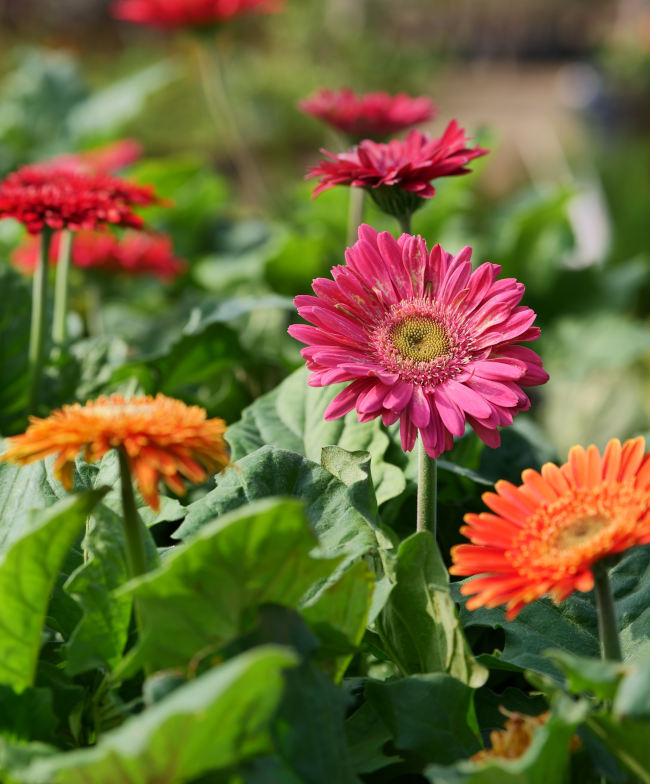
Where & when to plant Gerbera
Position- Full sun and sheltered
Soil- Moderately fertile and well-draining
Flowering Period- Early summer to autumn
Hardiness- Half-hardy (i.e., unlikely to survive a cold winter)
Our gerbera plants are available from early spring. If they arrive before the last risk of frost has passed in your area (generally around mid to late May), pot them up and keep in a frost-free environment such as a conservatory or greenhouse until it is safe to move them outside. Alternatively, grow them as houseplants.
Gerbera makes an ideal container plant and is often used on patios and balconies. It is also happy in the ground, used as cheerful bedding for a sunny border or as a prolific cropper in a cutting garden.
If you wish to grow your gerbera as a houseplant, choose a spot with plenty of indirect light. This can be achieved by locating the plant in a bright south or west-facing room:
- somewhere other than in the window. This means it will receive high light levels whilst not being in direct sun;
- on an area of the windowsill which only receives direct sunlight in the morning or evening;
- on a windowsill with shading provided. A piece of greenhouse shade netting, or child’s car sunshade work well.
How to plant Gerbera
In a container
- Choose an appropriate container. If growing in its own pot, we recommend one with a top diameter of approximately 30cm. Alternatively, you may wish to combine with other plants in a larger container. Ensure there are plenty of drainage holes in the bottom.
- Use a good quality potting compost with plenty of horticultural grit mixed in (aim for around 30% grit).
- Start by partially filling the pot with compost; enough so that when placed on it the upper surface of the root ball is about 3cm lower than the top of the pot.
- Infill all the space surrounding the root ball with compost, firming down with your fingers then adding a little more so the plant is held tight.
- Pick up the pot (if you can!) and lightly tap on the potting bench or ground a few times to help further settle the compost around the plant.
- Soak well with water.
- A mulch with horticultural grit will look attractive and help to prevent a ‘cap’ or crust forming on the top of the compost (something container plants can suffer due to the artificial nature of their watering).
In the ground
- Clear the chosen area of weeds.
- Dig a planting hole several times larger than the root ball. If your soil is at all moist, add plenty of sand or horticultural grit to the planting hole and mix thoroughly. Avoid heavy, clay soil.
- Place the plant in the hole, ensuring the top of the root ball sits level with the surface of the soil. Too low and the plant may rot, too high and the roots can dry out.
- Backfill with soil and firm in gently.
- Soak well with water.
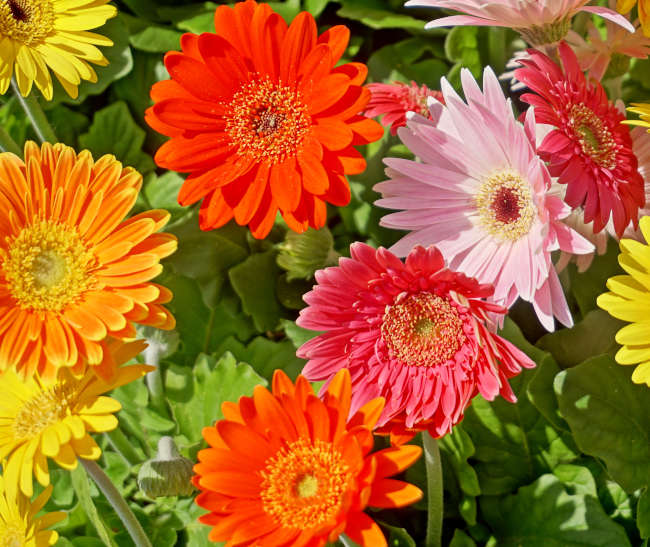
What to plant with Gerbera
For a bright, bold container display, gerbera mixes particularly well with other exotic-looking tender plants, such as dahlia, osteospermum, calibrachoa, pelargonium, and canna.
As a houseplant, what could be better than pairing it with fellow South African delight dipladenia, for an explosion of summer colour?

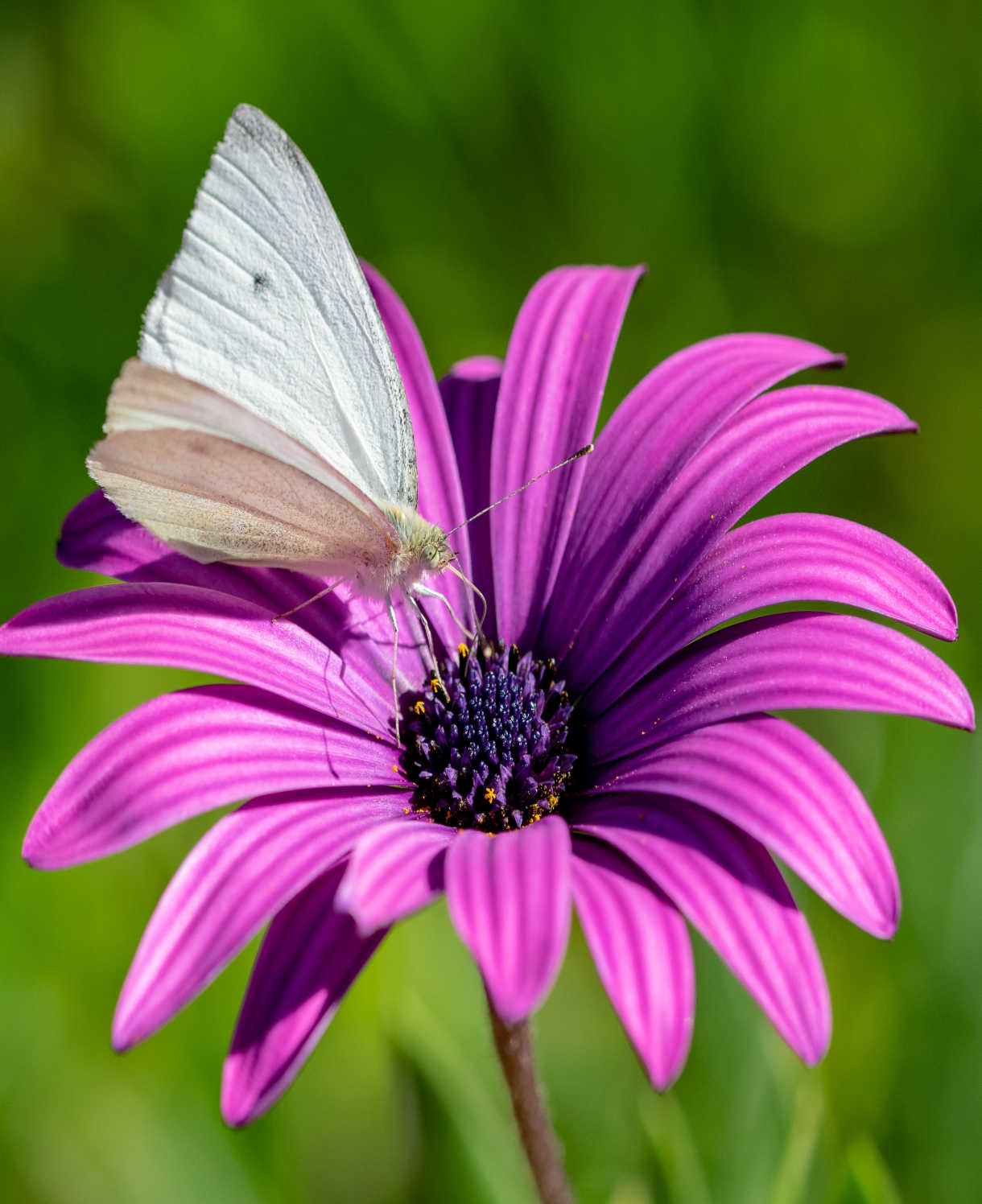
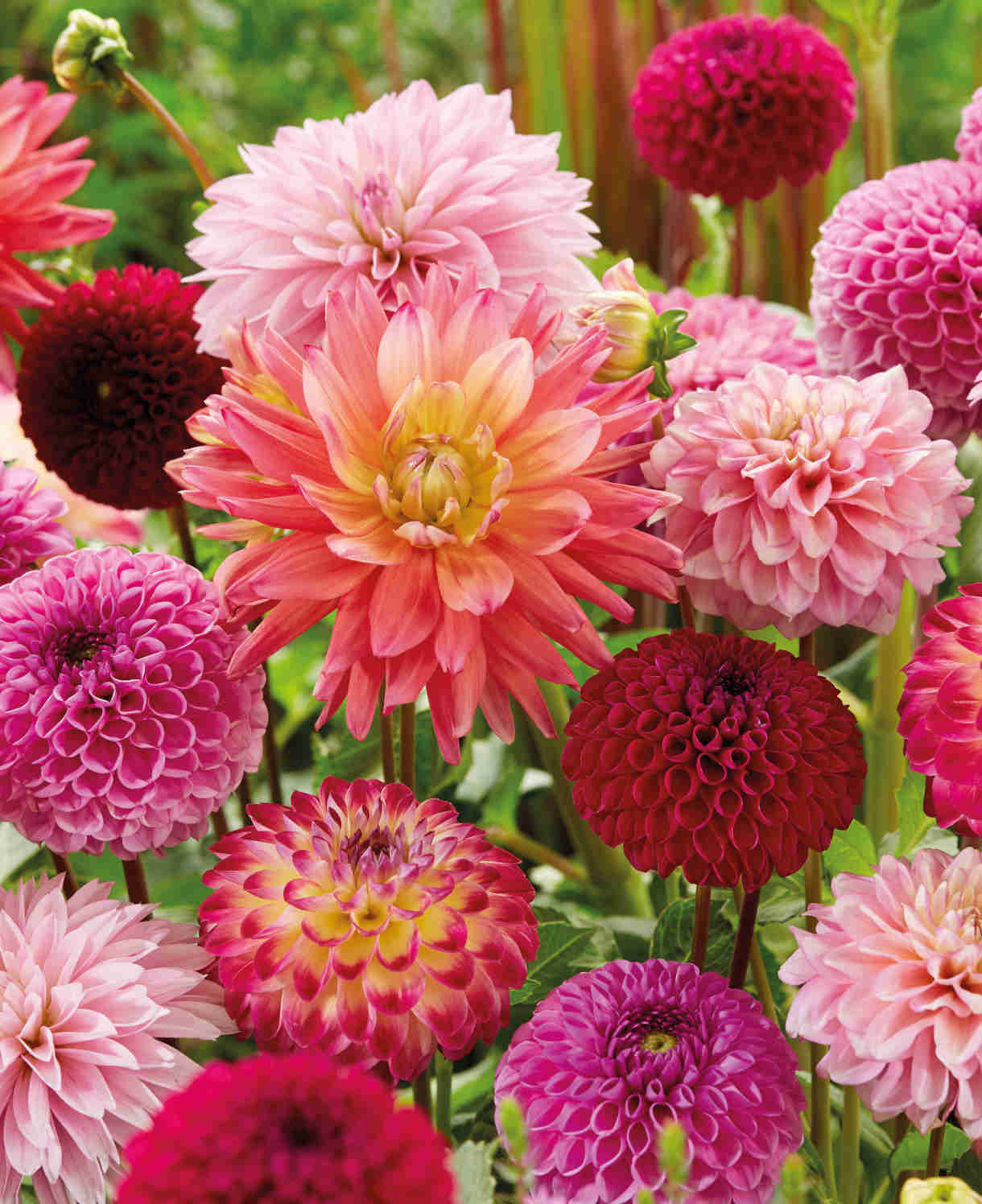
How to care for Gerbera
Pruning and Deadheading
Deadhead regularly to prolong flowering.
Snip off any fading or dead foliage to maintain health and encourage new growth.
Watering
Water your gerbera until established, and in dry spells thereafter.
Container-grown gerbera will require watering regularly throughout the growing season. Allow the top few centimetres of compost to dry out between soakings. Apply a general liquid feed every 2-4 weeks.
When overwintering gerbera keep its compost on the dry side, as too much moisture during this time can cause rot.
Cold Protection
When used in the ground, this half-hardy perennial tends to be treated as an annual.
Container-grown plants can be overwintered indoors, in a conservatory, heated greenhouse or on a windowsill.
Pests and Diseases
Sap-feeding insects such as aphid or whitefly can be something to look out for on gerbera.
Outside, encouraging natural predators into the garden is the best bet, such as birds, ladybirds, and wasps. This can be done by making wildlife-friendly planting choices, avoiding the use of chemicals, and essentially allowing the garden to find its own, balanced ecosystem. In very pronounced infestations, regularly blasting these pests off with a garden hose or wiping away with a piece of kitchen paper can help to reduce their numbers.
Inside, the ‘wiping away’ approach is best, in addition to keeping your plants well fed, appropriately watered, and encouraging good air circulation. Healthy, unstressed plants are far less likely to succumb to pests and diseases.
How to propagate Gerbera
Gerbera can be propagated by basal stem cuttings in late summer to early autumn.
- Find several strong, basal shoots (originating from the crown) around 10-12cm long.
- With sharp secateurs or a knife, sever cleanly from as close to the base as possible.
- Put them in a plastic bag straight away to prevent drying out.
- Fill a container with a compost mix which is at least 50% perlite (or if you prefer, as we do, 100% perlite).
- Remove leaves from the lowest third, and pinch out the soft tip.
- If the remaining leaves are large, cut them in half with a sharp knife (to reduce water lost through transpiration).
- Insert the cuttings into the compost and water lightly. Several cuttings can be put in the same container if there is enough space to do this without them touching.
- Place in a greenhouse or propagating unit if you have one, or covered with a plastic bag on a windowsill if not (out of direct sunlight).
- Keep the cuttings misted and occasionally watered until they root. You will know this has happened when roots emerge out of the bottom of the container.
- Gently remove rooted cuttings and pot them into individual pots. Overwinter in a frost-free environment such a conservatory, greenhouse, or windowsill, before planting out in late spring (once all risk of frost has passed).
More mature gerbera plants (i.e., those grown as houseplants, or overwintered outdoor container plants) can become congested. Divide every few years in early spring, to maintain health and vigour.
- Remove from the container.
- Gently tease the plant apart into three or four sections. If this is difficult to do by hand, insert two hand forks in a touching, back to back position and use as levers to prise the clump apart.
- Repot each new section into its own container, as above in the ‘How to plant gerbera’ section.
Common Gerbera Questions
- Are gerberas easy to grow?
Gerberas ask very little and will reliably produce masses of big, colourful flowers. They are ideal for beginner gardeners and children. - Do gerberas grow back every year?
If kept in frost-free conditions yes, though more commonly they are grown as annuals. See ‘Cold protection’ section above. - Where do gerberas grow best?
Gerberas enjoy a sunny, sheltered spot with well-draining soil or compost. See ‘When and where to plant gerbera’ section above.
